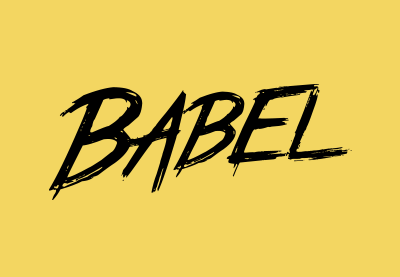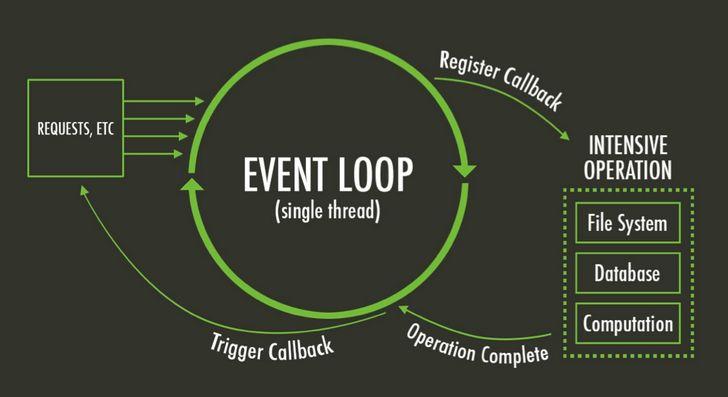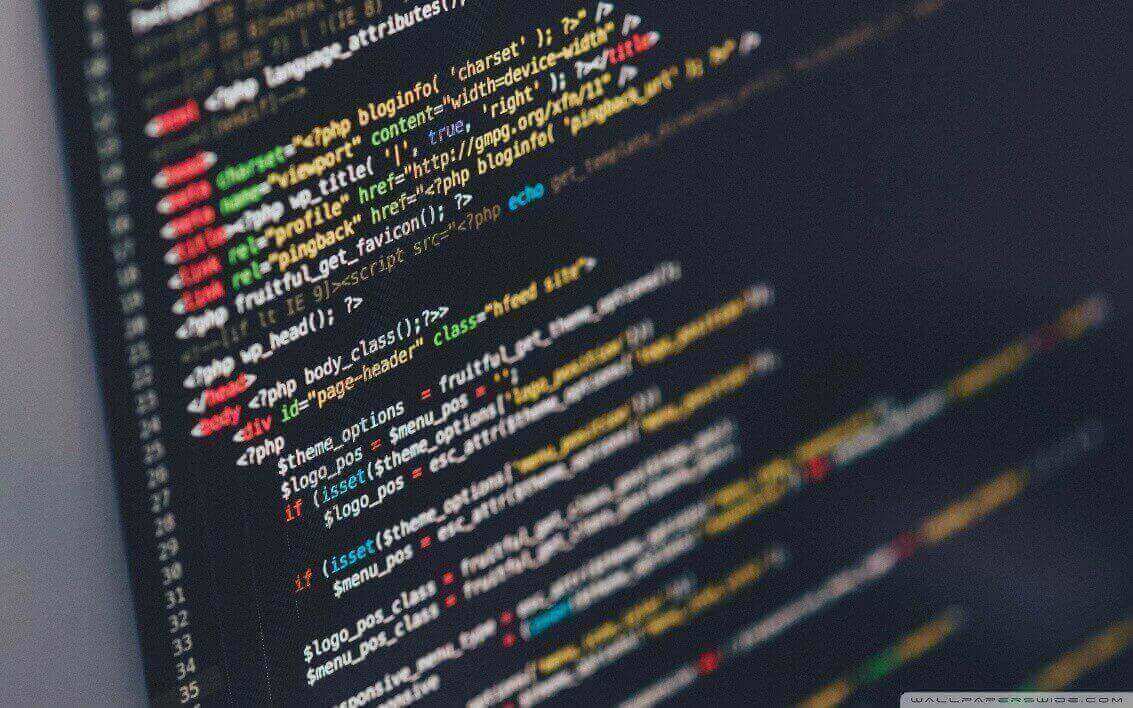前言
时光回到2015,当ES6一经问世,便快速的成为前端开发者的首选。为了避免异步调用带来的回调地狱,Promise作为ES6中最重要的异步解决方案特性之一,毫无疑问也成为现代前端开发者的必会技能。虽然我们在日常中不用再去自己实现,但通过实现一把Promise A+规范的部分功能,记录下Promise中的关键点,也能在今后的使用中不在迷茫。
撸个MyPromise类来剖析理解Promise
下面一步步通过实现一个简易的MyPromise,来理解Promise中的一些重要概念和用法。
MyPromise状态
在Promise中,状态是一个很重要的概念,分为如下三种:
- pedding:等待
- fulfillment:成功
- rejection:失败
Promise实例的状态一经更改便无法逆转。
因此在代码中要先定义这三种必要状态常量。
1
2
3
| const PENDDING = "pedding";
const FULFILLMENT = "fulfillment";
const REJECTION = "rejection";
|
构造函数有点忙
回忆一下,当我们在实际应用中使用Promise时,在新建的时候会将一个执行函数传入为参,该函数在执行时会带入Promise的两个改变状态的函数(resolve,reject),我们就暂且称之为状态转换函数~来看看具体的代码。
首先我们定义了一个class,然后初始化一堆内部变量:
1
2
3
4
5
6
7
8
9
| class MyPromise {
constructor(executor) {
this.status = PENDDING;
this.value = null;
this.msg = null;
this.resolveQueue = [];
this.rejectQueue = [];
}
}
|
其中resolveQueue和rejectQueue是状态改变后执行的回调函数的队列。
传入的executor会在构造函数里立马执行(这也就是为什么Promise传入的函数比后面的代码先执行),并带着resolve和reject作为参数,那接下去就来看看这两个关键状态转换函数的代码。
1
2
3
4
5
6
7
8
9
10
11
12
13
14
15
16
17
18
19
20
21
22
23
24
25
26
27
28
29
30
31
32
| class MyPromise {
constructor(executor) {
const resolve = (val) => {
if (this.status === PENDDING) {
this.status = FULFILLMENT;
this.value = val;
while(this.resolveQueue.length) {
const res = this.resolveQueue.shift();
res(val);
}
}
};
const reject = (reason) => {
if (this.status === PENDDING) {
this.status = REJECTION;
this.reason = reason;
while(this.rejectQueue.length) {
const rej = this.rejectQueue.shift();
rej(reason);
}
}
}
try {
executor(resolve, reject);
} catch(e) {
reject(e.message);
}
}
}
|
奇妙的then
当实例化一个Promise后,最关键的就是通过then来调用(避免回调地狱的救世主)。回忆一下,Promise的then接受至多两个参数:Promise的成功和失败情况的回调函数。而且,不论如何调用,一旦Promise实例的状态确定,之后的操作都是一致的。
1
2
3
4
5
6
7
8
9
10
11
| class MyPromise {
then(onResolve, onReject) {
onResolve = typeof onResolve === 'function' ? onResolve : val => val;
onReject = typeof onReject === 'function' ? onReject : msg => {
const reason = msg instanceof Error ? msg.message : msg;
throw new Error(reason);
};
}
}
|
then函数的另一个特定是支持链式调用,在jquery年代,我们通过返回jquery实例来达到链式调用的目的;但在Promise的then里,我们通过返回一个新的Promise实例来实现这个效果,所以then的返回值就应该如下代码所示,是一个新的实例~
1
2
3
4
5
6
7
8
9
10
11
12
13
14
15
16
17
18
19
20
21
22
23
| class MyPromise {
then(onResolve, onReject) {
return new MyPromise((resolveFn, rejectFn) => {
const fuifillmentFn = (val) => {
};
const rejectionFn = (val) => {
};
if (this.status === PENDDING) {
this.resolveQueue.push(fuifillmentFn);
this.rejectQueue.push(rejectionFn);
}
if (this.status === FULFILLMENT) {
fuifillmentFn(this.value)
}
if (this.status === REJECTION) {
rejectionFn(this.reason);
}
}
}
|
由此可见,在新返回的实例中,通过闭包将新实例的成功回调resolveFn和错误回调refectFn放入fuifillmentFn和rejectionFn中,并根据上一个实例的状态做如下判断
- pendding时,将回调塞入
上一个实例的成功队列和失败队列
- fulfillment时,
同步执行fuifillmentFn,并传入上一个实例的value
- rejection时,
同步执行rejectionFn,并传入上一个实例的reason
那新返回的Promise实例的执行函数resolveFn和rejectFn去哪了?当然是在闭包的fuifillmentFn和rejectionFn当中,以成功状态为例,来看下面的代码实现:
1
2
3
4
5
6
7
8
9
10
11
12
| const fuifillmentFn = (val) => {
try {
const result = onResolve(val);
if (result instanceof MyPromise) {
result.then(resolveFn, rejectFn);
} else {
resolveFn(result);
}
} catch(e) {
rejectFn(e instanceof Error ? e.message: e);reason
}
};
|
可以得知,在成功或失败的时候,都会先调用上一个实例相应的回调处理,得到的返回值result如果是个Promise实例,则执行它的then,并将状态转换函数当做处理回调传入其中,这是非常重要的!
来贴一下then的完整代码,附上过程序号,跟着步骤,我们来总结一下~
1
2
3
4
5
6
7
8
9
10
11
12
13
14
15
16
17
18
19
20
21
22
23
24
25
26
27
28
29
30
31
32
33
34
35
36
37
38
39
40
41
42
43
44
45
46
| then(onResolve, onReject) {
onResolve = typeof onResolve === 'function' ? onResolve : val => val;
onReject = typeof onReject === 'function' ? onReject : reason => {
reason = reason instanceof Error ? reason.message : reason;
throw new Error(reason);
};
return new MyPromise((resolveFn, rejectFn) => {
const fuifillmentFn = (val) => {
try {
const result = onResolve(val);
if (result instanceof MyPromise) {
result.then(resolveFn, rejectFn);
} else {
resolveFn(result);
}
} catch(e) {
rejectFn(e instanceof Error ? e.message: e);
}
};
const rejectionFn = (reason) => {
try {
const result = onReject(reason);
if (result instanceof MyPromise) {
result.then(resolveFn, rejectFn);
} else {
rejectFn(result);
}
} catch(e) {
rejectFn(e instanceof Error ? e.message: e);
}
};
if (this.status === PENDDING) {
this.resolveQueue.push(fuifillmentFn);
this.rejectQueue.push(rejectionFn);
}
if (this.status === FULFILLMENT) {
fuifillmentFn(this.value)
}
if (this.status === REJECTION) {
rejectionFn(this.reason);
}
});
}
|
分析之前,我们再重提一个理解共识:executor的回调传参是状态转移函数,主要用于Promise实例状态改变。而then函数的回调传参是处理函数。
- stage 1:判断传参函数的类型做兼容,这就是为什么then()什么都不传也能
透传结果的原因。
- stage 2:返回新的Promise实例(记住状态转移函数resolveFn和rejectFn),并立即执行传入的函数。
- stage 3:定义fuifillmentFn和rejectionFn之后(主要依赖闭包),根据当前状态判断:
- pedding,表示异步逻辑,将成功失败回调放入相应的队列。等待上一个实例的状态转移调用改变了状态,再执行相应的回调。
- 非pedding,进入同步逻辑,直接调用各自的回调。
- 以成功为例,不论同步或异步,等resolve(还记得开头定义的reolve嘛,就是那个)调用后,this.value作为参数调用fuifillmentFn。
- stage 4:先调用在then函数中的处理函数onResolve,并用resolve后的参数,
返回处理后的结果。
- stage 5:如果onResolve处理后返回一个新的Promise实例,意味出现了一个新的节点,因此就需要把这个实例执行then,
并把状态转移函数resolveFn和rejectFn当做处理函数传递过去,等到那个实例状态改变调用处理函数的时候,就可以通过resolveFn把stage 2返回的实例的状态改变,这样如果之后继续有then的调用,就能把链式调用继续下去。
如同一个链表a->b,当a返回新的Promise实例,那么就如同a->c->b,那么c就必须next才能到b,所以这里的then就相当于这个next。
- stage 6:如果不是Promise实例,则直接把stage 2返回的实例改变状态,链式调用得以继续。
通过以上对成功状态的总结,大致就可以理解then函数的调用,关键是如同钩子一般的设计,非常巧妙。
兜底catch
实际使用中我们很少在then中传入错误处理,一般都会在末尾加上catch处理。根据上面的描述,懂了then之后,catch就非常容易,直接上码。
1
2
3
4
5
6
| class MyPromise {
catch(reject) {
this.then(null, reject);
}
}
|
then的另类应用,简单实用~
总结
通过上述分析,我们就得到了一个简单的MyPromise,代码全体如下:
1
2
3
4
5
6
7
8
9
10
11
12
13
14
15
16
17
18
19
20
21
22
23
24
25
26
27
28
29
30
31
32
33
34
35
36
37
38
39
40
41
42
43
44
45
46
47
48
49
50
51
52
53
54
55
56
57
58
59
60
61
62
63
64
65
66
67
68
69
70
71
72
73
74
75
76
77
78
79
80
81
82
83
84
85
86
87
88
89
90
91
92
93
| const PENDDING = "pedding";
const FULFILLMENT = "fulfillment";
const REJECTION = "rejection";
class MyPromise {
constructor(executor) {
this.status = PENDDING;
this.value = null;
this.reason = null;
this.resolveQueue = [];
this.rejectQueue = [];
const resolve = (val) => {
if (this.status === PENDDING) {
this.status = FULFILLMENT;
this.value = val;
while(this.resolveQueue.length) {
const res = this.resolveQueue.shift();
res(val);
}
}
};
const reject = (reason) => {
if (this.status === PENDDING) {
this.status = REJECTION;
this.reason = reason;
while(this.rejectQueue.length) {
const rej = this.rejectQueue.shift();
rej(reason);
}
}
}
try {
executor(resolve, reject);
} catch(e) {
reject(e.message);
}
}
then(onResolve, onReject) {
onResolve = typeof onResolve === 'function' ? onResolve : val => val;
onReject = typeof onReject === 'function' ? onReject : reason => {
reason = reason instanceof Error ? reason.message : reason;
throw new Error(reason);
};
return new MyPromise((resolveFn, rejectFn) => {
const fuifillmentFn = (val) => {
try {
const result = onResolve(val);
if (result instanceof MyPromise) {
result.then(resolveFn, rejectFn);
} else {
resolveFn(result);
}
} catch(e) {
rejectFn(e instanceof Error ? e.message: e);
}
};
const rejectionFn = (reason) => {
try {
const result = onReject(reason);
if (result instanceof MyPromise) {
result.then(resolveFn, rejectFn);
} else {
rejectFn(result);
}
} catch(e) {
rejectFn(e instanceof Error ? e.message: e);
}
};
if (this.status === PENDDING) {
this.resolveQueue.push(fuifillmentFn);
this.rejectQueue.push(rejectionFn);
}
if (this.status === FULFILLMENT) {
fuifillmentFn(this.value)
}
if (this.status === REJECTION) {
rejectionFn(this.reason);
}
});
}
catch(reject) {
this.then(null, reject);
}
}
|
Promise的设计模式就是观察者模式,then函数订阅,实例状态改变直接通知相应的调用。这里只是实现了必要的功能,还有部分未实现的,将会在下篇中继续~





